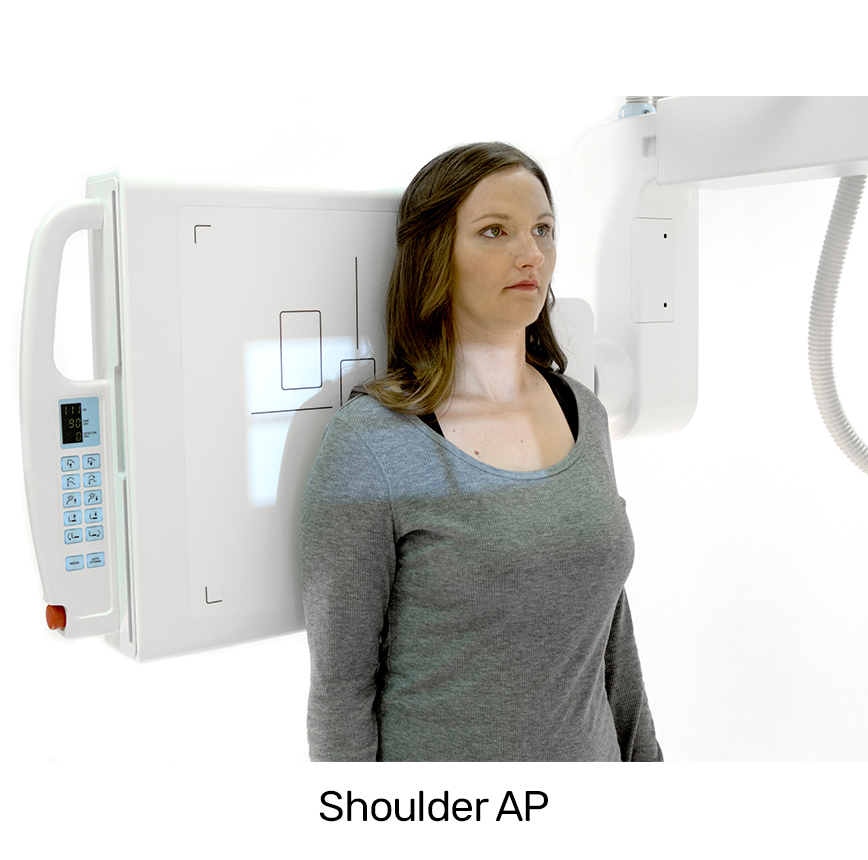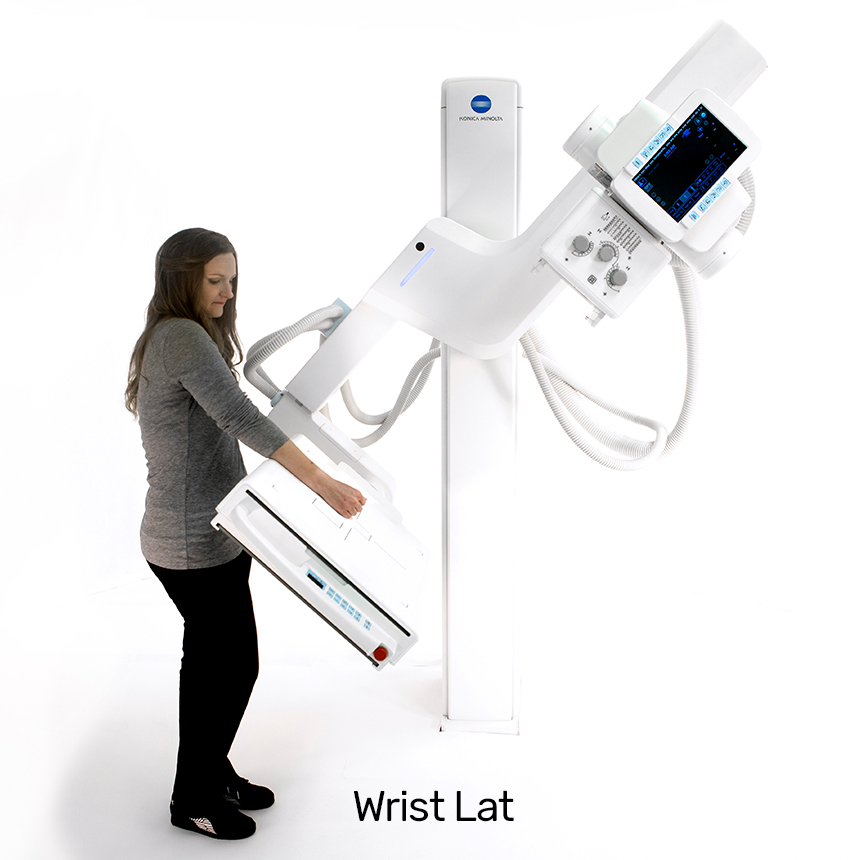Overview
Dynamic Digital Radiography in Orthopedics
Observe and compare dynamic changes over time, and quantify clinical information to improve the quality and specificity of diagnosis. DDR may dramatically change diagnostic and patient management paradigms in:
- Pulmonary
- Orthopedic
- Gastrointestinal
- Surgical follow-up
- Biomechanics
- Musculoskeletal injury, such as whiplash
- Treatment follow-up
- Postoperative evaluation of movement (Knee, wrist, spinal fusion, etc.)
- …That’s just for starters

